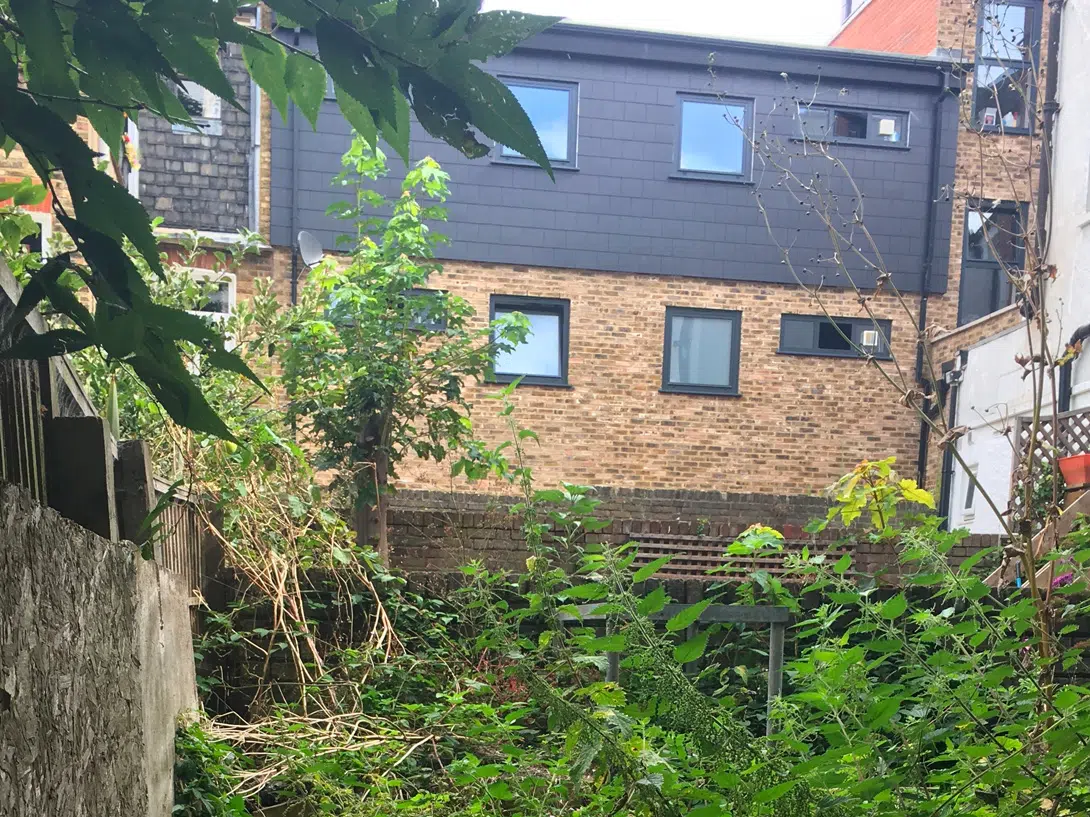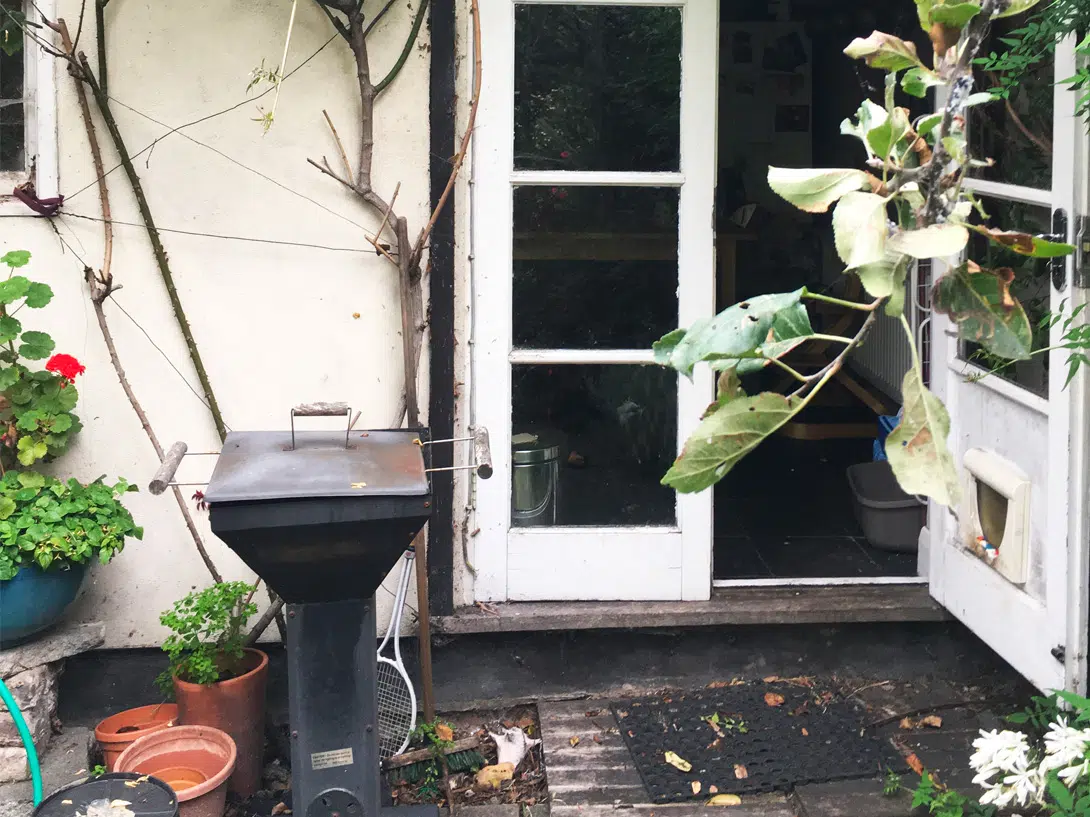
Lustre Consulting was appointed by a private property owner to undertake a Basement Impact Assessment (BIA) to support a planning application involving the construction of a basement below part of the existing residential property.
The site is situated within the London Borough of Lambeth, whose Local Plan states that “an assessment of the scheme’s impact on drainage, flooding, groundwater conditions and structural stability” is required prior to granting approval.
The site consisted of the ground floor flat of a circa. 1916 end of terrace property with a private garden to the rear, the property has been extended to the rear historically and the proposal included the clearance and replacement of this extension.

The BIA identified a low risk to drainage and flooding, as drainage routes were likely to remain unchanged. The site is located in an area that benefits from river flood defences and is within a low surface water flood hazard area. The groundwater conditions were identified as low risk as the superficial deposits may have perched groundwater which is likely to be of low value and low sensitivity and the bedrock geology of London Clay Formation is an aquitard providing a level of protection to the deeper aquifer. As the proposed development is not extending underneath the original terraced property and all boundary fences and walls will remain as existing, it was considered to be a low risk for structural stability.
The BIA was submitted to Lambeth Borough Council as part of the planning application and planning approval was successfully gained.
How we can protect your construction site from unnecessary delays and costs. If piling is part of your construction plans, a piling risk assessment could be a vital step to avoid potential problems that could disrupt your project, including: Piling risk assessments are now explicitly referenced within the Environment Agency’s Land Contamination Risk Management Guidance […]
How we can protect...
A surface water soakaway is used to capture then allow the infiltration and filtration of water runoff through a subsoil to the water table below. Your soakaway should provide sufficient short-term storage of surface water and allow the surface water to percolate into the surrounding ground. The National House-Building Council (NHBC) provides detailed guidance on […]
A surface water...
Working on a construction project can come with a long ‘to do’ list. Not only that, but you have to deal with the stress of navigating planning conditions as well as numerous building regulations. Acoustic issues don’t have to further complicate this process. Could an Acoustic Assessment be a requirement for your site? Of all […]
Working on a...
Contamination is not always something that can be seen; often contamination is invisible, buried below ground or is present in perfectly normal looking topsoil.
This is a question...